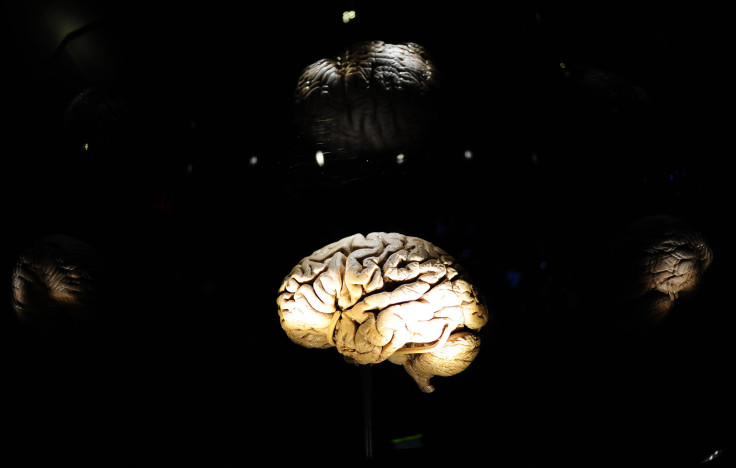Where Does Consciousness Come From? Researchers Pinpoint The Physical Seat Of Sentience

For cognitive scientists, neurobiologists, and even some physicists, consciousness presents a unique and alluring problem. Although we know we are conscious, we know almost nothing about how it arises out of inanimate matter, and from where in the brain it comes from.
Now, a team of researchers led by neurologists at Harvard Medical School’s Beth Israel Deaconess Medical Center (BIDMC) believe it has discovered the physical foundations of consciousness. In a study published in the latest edition of the journal Neurology, the researchers pinpointed regions of the brain that appear to work together to create consciousness.
“For the first time, we have found a connection between the brainstem region involved in arousal and regions involved in awareness, two prerequisites for consciousness,” lead researcher Michael Fox from BIDMC, said in a statement. “A lot of pieces of evidence all came together to point to this network playing a role in human consciousness.”
Neurologists have long believed that arousal is most likely regulated by the brainstem — the portion of the brain that also regulates our sleep/wake cycle, and cardiac and respiratory rates. Awareness, however, has been much harder to pin down, and until now scientists only knew that it resides somewhere in the outer layer of the brain known as the cortex.
In order to narrow this down, the researchers analyzed data collected from 36 patients with brainstem lesions, 12 of whom were in coma. Brain mapping revealed that in 10 of the 12 coma patients, a small area of the brainstem — the rostral dorsolateral pontine tegmentum — was significantly damaged. And, of the 24 non-comatose patients, just one had damage in the area.
This finding helped them pinpoint the area in the brainstem important for consciousness.
Then, in order to understand which areas in the cortex were involved in creating consciousness, the researchers used a wiring diagram of the healthy human brain based on a large dataset called the Human Connectome, and mapped the cortical areas connected to the coma-causing lesions.
This revealed two regions linked to the rostral dorsolateral pontine tegmentum — one that was located in the left ventral anterior insula, and the other located in the pregenual anterior cingulate cortex.
Not only is this study the first step in building a comprehensive framework of consciousness, it could also, once conducted in larger groups of subjects, provide new treatment options for comatose patients.
“If we zero in on the regions and network involved, can we someday wake someone up who is in a persistent vegetative state? That’s the ultimate question,” Fox said.
© Copyright IBTimes 2024. All rights reserved.






















